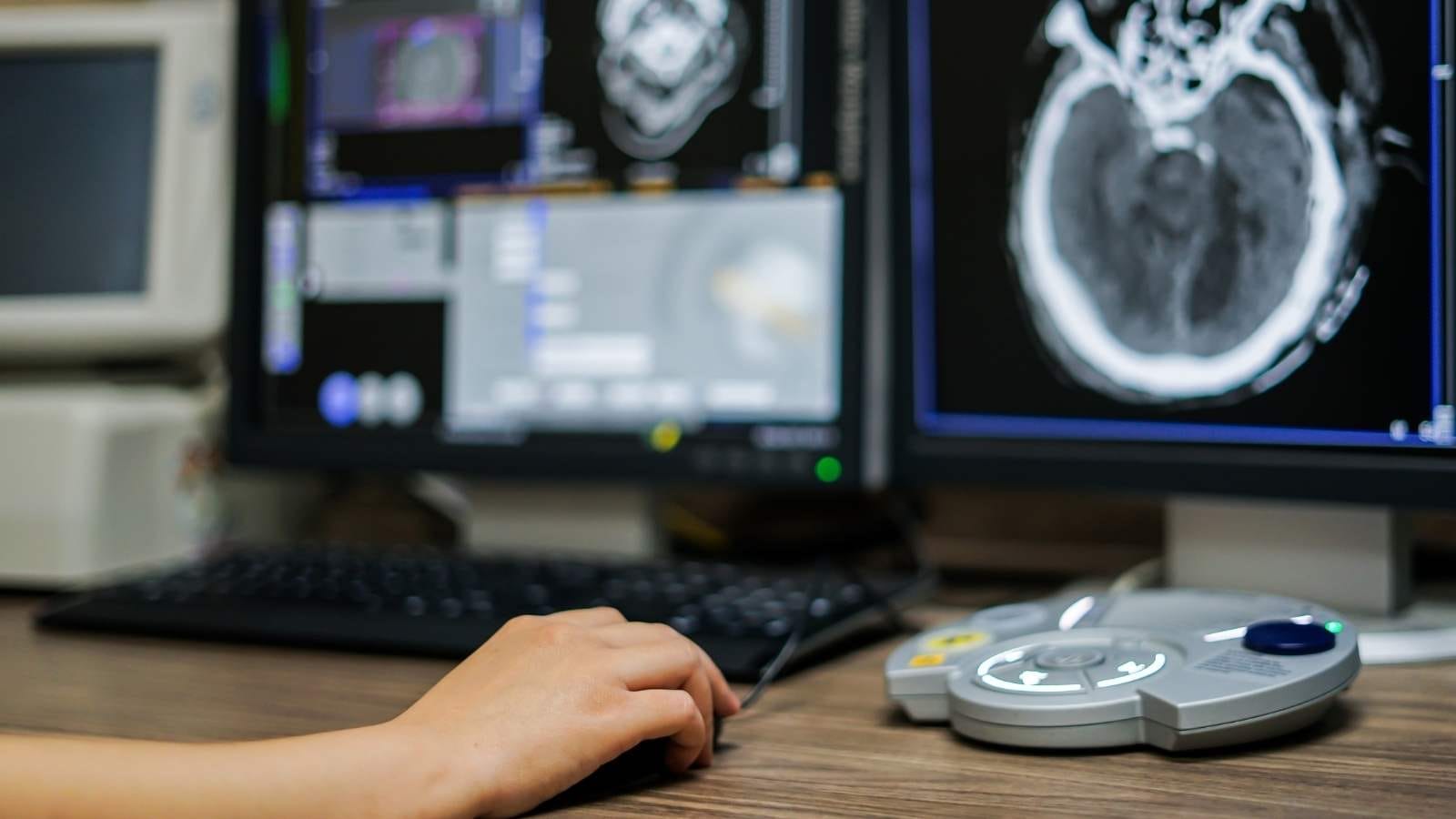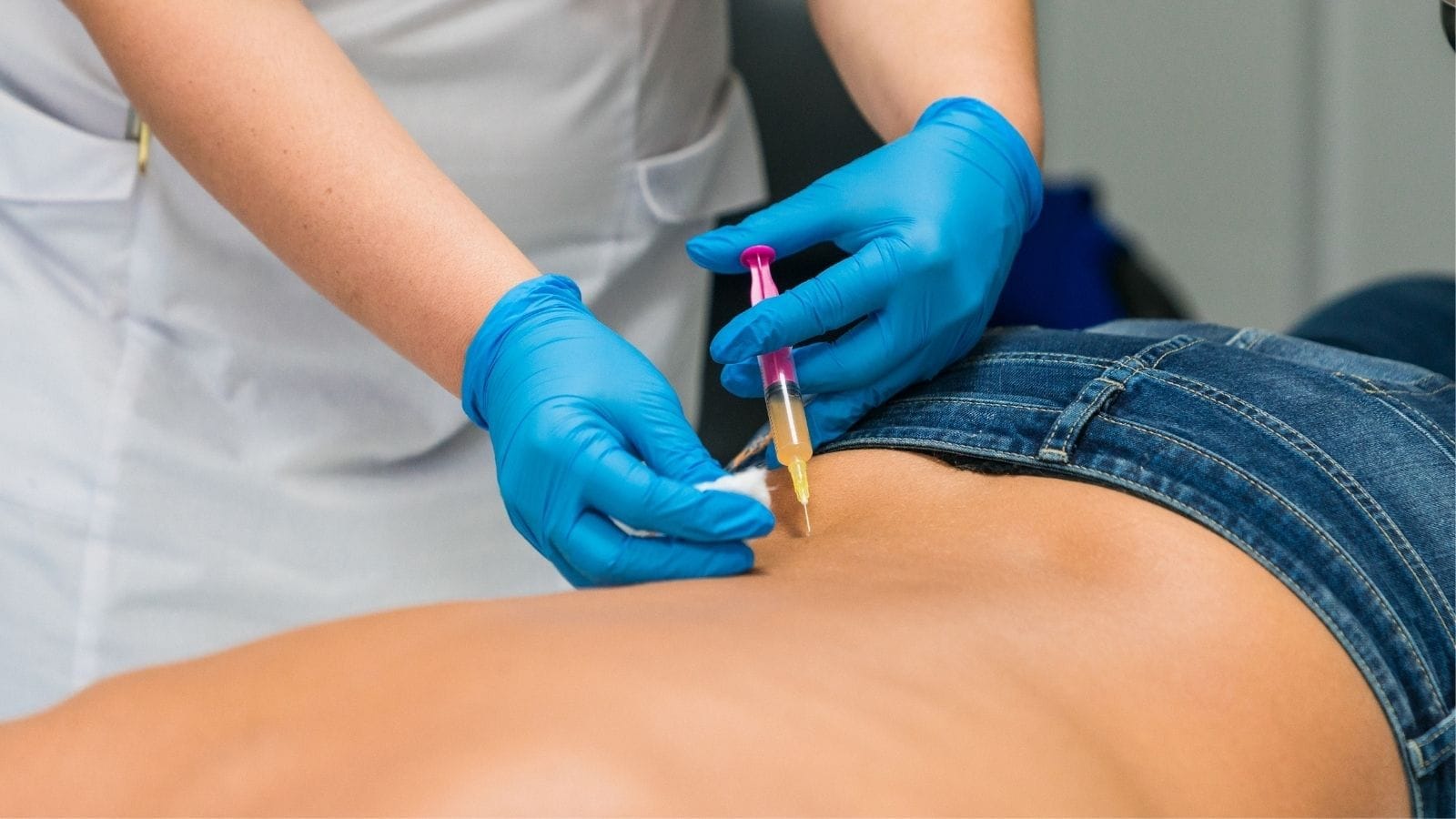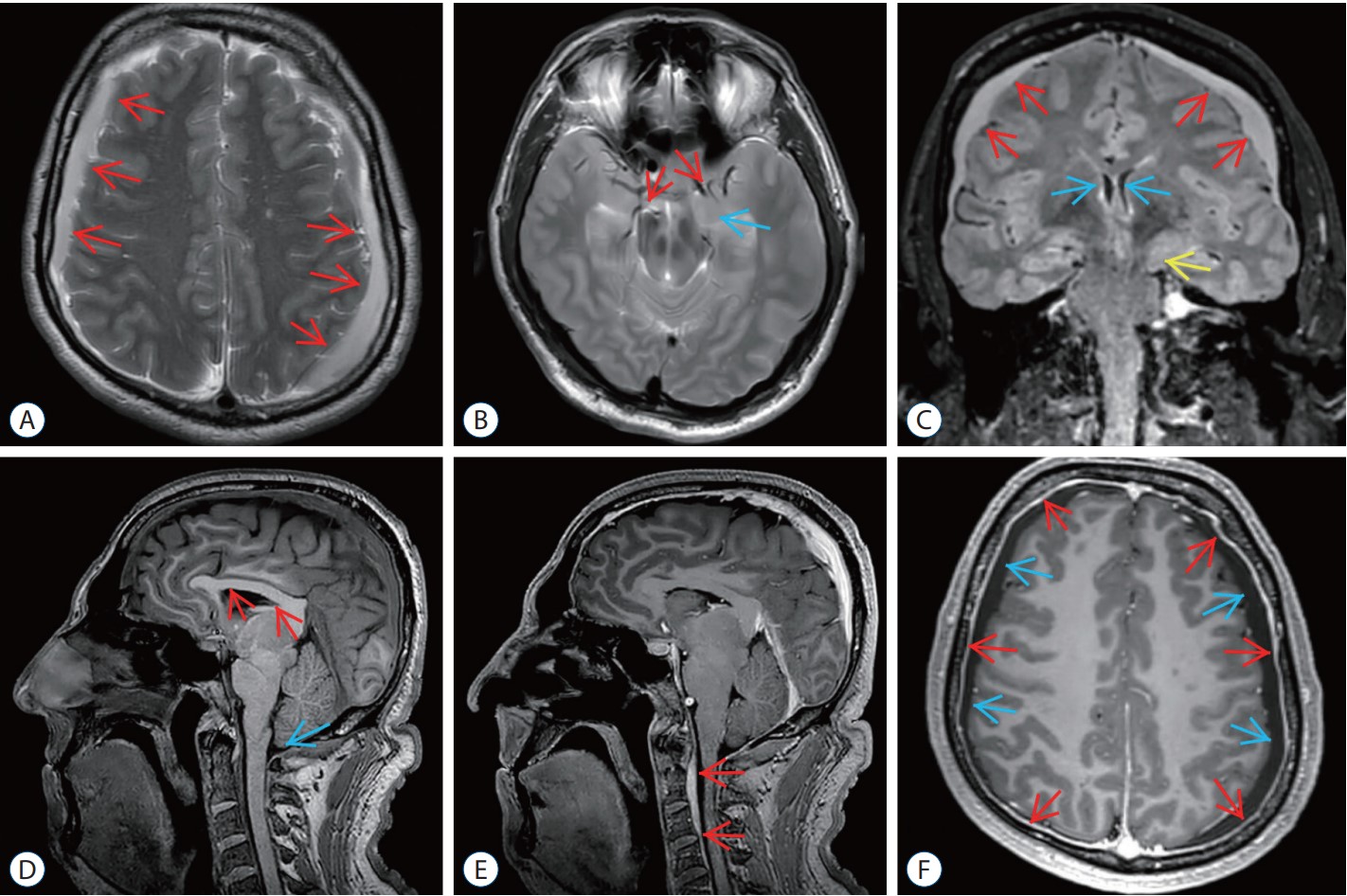A contrast agent is a medical substance used to enhance the visibility of structures in imaging methods such as CT, MRI, and angiography. It improves diagnostic accuracy by highlighting blood vessels, organs, and pathological changes.
Iodine-based contrast agents are commonly used in CT and angiography, while gadolinium-based agents are preferred in MRI. Each type is chosen depending on the imaging technique and the target organ requiring detailed visualization.
The use of contrast agents may cause mild side effects such as nausea or warmth. Rarely, allergic reactions or kidney-related complications can occur, so patients with risk factors are carefully evaluated before administration.
Proper hydration and pre-procedure screening minimize risks associated with contrast agents. When used under medical supervision, they are highly safe and remain essential tools for accurate diagnosis in modern imaging.
| Medical Name | Contrast agent (Iodinated or gadolinium-based contrast agents) |
| Areas of Use | Used in imaging techniques such as X-ray, computed tomography (CT), magnetic resonance imaging (MRI), angiography, and fluoroscopy. The purpose is to visualize blood vessels, organs, and tissues more clearly and to better evaluate diseases. |
| Affected Areas | Used to visualize many organs and tissues such as blood vessels, kidneys, liver, brain, spinal cord, and musculoskeletal system. |
| Types | Iodine-Based Contrast Agents: Commonly used for CT and angiography. Gadolinium-Based Contrast Agents: Preferred for MRI imaging.Barium Sulfate: An oral or rectal contrast agent, mainly used for imaging the gastrointestinal tract. |
| Indications | Used for a clearer evaluation of conditions such as cancer, vascular occlusions, infections, inflammation, tumors, brain diseases, and musculoskeletal problems. |
| Symptoms (Side Effects) | Common Side Effects: Mild nausea, headache, sensation of warmth, taste changes, pain or discomfort at the injection site. Serious Side Effects: Allergic reactions to the contrast agent (hives, shortness of breath, anaphylaxis), contrast-induced nephropathy in patients with kidney failure, nephrogenic systemic fibrosis (rarely) after use of gadolinium-based agents |
| Diagnostic Methods | For people with a history of allergy, medical history and kidney function tests are evaluated before deciding on contrast agent use. If there is a known allergy to iodine or gadolinium or if kidney failure is present, alternative imaging methods may be preferred. |
| Treatment Methods | Allergic Reactions: Antihistamines, corticosteroids, and epinephrine (in case of anaphylaxis) are administered. Kidney Protection: Adequate fluid intake and sometimes intravenous hydration are provided to prevent kidney damage from contrast agents. |
| Possible Complications | Contrast-Induced Nephropathy: Iodinated contrast agents may further impair kidney function in patients with kidney failure. Nephrogenic Systemic Fibrosis: Rarely, gadolinium-based contrast agents may cause this rare condition affecting skin and organs in people with kidney failure.Anaphylaxis: A severe allergic reaction, rarely seen but can be life-threatening. |
| Prevention Methods | Evaluating allergy history and kidney function tests before contrast use, administering antihistamines and corticosteroids in patients with high allergy risk, and using alternative contrast agents if needed. |
| Recovery Time | Mild side effects from contrast agent use usually disappear within a few hours. The recovery period for complications such as allergic reactions or nephropathy may take from several days to weeks, depending on severity. |
Prof. Dr. Özgür KILIÇKESMEZ Prof. Dr. Kılıçkesmez holds the Turkish Radiology Competency Certificate, the Turkish Interventional Radiology Competency Certificate, Stroke Treatment Certification, and the European Board of Interventional Radiology (EBIR). In his academic career, he won the Siemens Radiology First Prize in 2008.
Interventional Radiology / Interventional Neuroradiology
What Is the Purpose of Contrast Agents in Radiology?
The purpose of contrast agents in radiology is to increase the contrast difference between tissues in imaging technologies, allowing for more detailed and clear images. These substances help doctors diagnose diseases more accurately. Contrast agents are used in various imaging methods, each tailored for a specific purpose.
- X-ray and CT Scans: Iodinated contrast agents alter the passage of X-rays through tissues. This allows for clear distinctions between tissues.
- Magnetic Resonance Imaging (MRI): Gadolinium-based agents are used in MRI. These substances react to magnetic fields and increase the signal intensity of specific tissues.
Contrast agents are also important for providing functional information in medical imaging. For example, in dynamic contrast-enhanced MRI techniques, the distribution and elimination of contrast agents in tissue are examined. This provides information about tissue blood flow and vascular structures.
Additionally, the development of contrast agents is important for safety and target specificity. Specially designed contrast agents can target certain organs or pathologies, reducing side effects and increasing diagnostic accuracy.
Finally, the use of contrast agents is also seen in other imaging modalities such as ultrasound and nuclear medicine:
- Ultrasound: Microbubbles are used.
- Nuclear Medicine: Radioisotopes are used for therapeutic and diagnostic purposes.
How Do Contrast Agents Work in Imaging?
The working principles of contrast agents in imaging vary depending on the medical imaging method used. Contrast agents change the radiological density of imaged tissues, allowing health professionals to obtain clearer and more detailed information for the diagnosis of various diseases. Iodine-based and gadolinium-based contrast agents are the most commonly used agents in X-ray, CT, and MR imaging, respectively.
Iodinated Contrast Agents:
- These substances increase the absorption of X-rays in tissues for X-ray and CT devices.
- When X-rays are absorbed by iodine, they show higher density than surrounding tissue.
- This helps distinguish pathologies such as blockages or tumors.
Gadolinium-Based Agents:
- Gadolinium used in MRI changes the magnetic properties of hydrogen protons.
- It affects T1 and T2 relaxation times, increasing contrast in tissues.
- This effect makes tissue differences more distinct in MR images.
Microbubble Contrast Agents:
- Used in ultrasound imaging and contain gas-filled bubbles.
- These bubbles reflect ultrasound waves in the bloodstream, showing flow and organ perfusion in detail.
*We recommend filling out all fields so we can respond in the best possible way.
Which Contrast Agents Are Used in CT Scans?
Contrast agents used in CT scans greatly enhance diagnostic clarity and accuracy. Iodine-containing contrast agents are the most widely preferred type in this field. They strongly absorb X-rays and maximize image quality. There are various classes of iodinated contrast agents, each with different properties:
High Osmolar Contrast Media (HOCM):
- Older generation agents.
- Offer up to seven times the osmolality of blood.
- Higher risk of side effects.
Low Osmolar Contrast Media (LOCM):
- Newer and safer agents.
- Reduce the risk of adverse reactions.
- The standard used in most CT scans.
Iso-Osmolar Contrast Media (IOCM):
- Have osmolality equivalent to blood.
- Especially suitable for patients with kidney failure.
Iodinated contrast agents are also divided into ionic and non-ionic types:
Ionic Contrast Agents:
- Dissociate into ions in solution.
- Higher risk of side effects due to high osmolality.
Non-Ionic Contrast Agents:
- Do not dissociate into ions.
- Offer lower osmolality and risk of side effects.
Why Are Gadolinium-Based Agents Used in MRI?
The use of gadolinium-based agents in MRI provides a significant improvement in magnetic resonance imaging techniques. Thanks to its paramagnetic properties, gadolinium increases contrast clarity in MRI scans. This metal strengthens the distinction between tissues in the magnetic field of the MRI device, allowing for more accurate images.
Properties of Gadolinium:
- Contains seven unpaired electrons.
- Effectively shortens the relaxation times of protons in water molecules in the body.
- Especially shortens T1 relaxation time and increases signal intensity in T1-weighted images.
Gadolinium ions are toxic on their own; however, gadolinium-based contrast agents used in MRI are stabilized with chelating agents. This binding prevents ions from being free in the body and reduces toxicity. The interaction of GBCAs with biological systems is minimized, and they are usually safely excreted by the kidneys.
In addition, gadolinium-based agents are preferred due to certain advantages of MRI over other imaging techniques:
- Does not contain ionizing radiation.
- Maximizes contrast difference between tissues.
The use of GBCAs especially increases diagnostic value in the following situations:
- Detection and characterization of tumors.
- Identification of inflammation areas.
- Examination of vascular diseases.
What Are Iodine-Based Contrast Agents?
Iodine-based contrast agents are special substances used in radiological examinations. These agents are especially used in X-ray and computed tomography (CT) scans. Since iodine is a high atomic number element with high X-ray absorption capacity, such contrast agents improve image quality. There are two main types of iodine-based contrast agents:
Ionic Contrast Agents
- When injected into the body, iodine molecules dissociate into charged particles.
- This leads to high osmolality and may increase the risk of side effects.
- Used less frequently due to potential for allergic reactions and stress on the kidneys.
Non-Ionic Contrast Agents
- Formulations where iodine molecules do not dissociate into charged particles.
- Result in lower osmolality, which means fewer side effects.
- Provide high-quality images and are preferred for patient safety.
Iodine-based agents are designed to enhance contrast in X-ray-based imaging techniques. After injection, these agents rapidly mix with the bloodstream and highlight areas of interest, resulting in clearer and more detailed images. With developing technology, new generation contrast agents such as iodinated polymer nanoparticles are also being developed. These new formulations offer longer circulation time and improved stability, increasing diagnostic imaging accuracy.
How Do Contrast Agents Enhance X-ray Imaging?
Contrast agents greatly improve X-ray imaging. These substances modify the passage of X-rays through tissues, allowing for clearer images. Because they contain high atomic number elements, they absorb X-rays more intensely. This feature increases contrast between tissues. Especially elements like iodine and barium strongly absorb X-rays, creating a darker image compared to surrounding tissues. This allows doctors to visualize the following structures more clearly:
- Blood vessels
- Organs
- Tumors

Prof. Dr. Özgür Kılıçkesmez is one of Türkiye’s leading interventional radiology and neuroradiology specialists, focusing on minimally invasive endovascular treatments. His primary areas of expertise include aneurysm and stroke treatments, embolization procedures, non-surgical treatments of thyroid and parathyroid diseases, interventional oncology, and peripheral vascular interventions. He currently serves as the Head of the Interventional Radiology and Neuroradiology Department at Istanbul Memorial Göztepe Hospital.
Graduating from Istanbul University Cerrahpaşa Faculty of Medicine in 1997, Prof. Dr. Kılıçkesmez received advanced training in interventional radiology and oncology as a Clinical Fellow at London Guy’s & St Thomas’ and King’s College Hospital between 2012 and 2013. He earned the title of Professor in 2020 and, in the same year, became the Founding Interventional Radiologist at SBÜ Çam and Sakura City Hospital. He also holds the EBIR (European Board of Interventional Radiology) certification.
Prof. Dr. Kılıçkesmez has 94 international and 40 national publications and over 2500 citations. He serves as a reviewer for prestigious journals such as the American Journal of Roentgenology (AJR) and Diagnostic & Interventional Radiology. With his clinical and academic expertise, he is a nationally and internationally recognized authority in stroke treatment, brain aneurysm, embolization, tumor ablation, and minimally invasive treatments of thyroid/parathyroid diseases.









Vaka Örnekleri